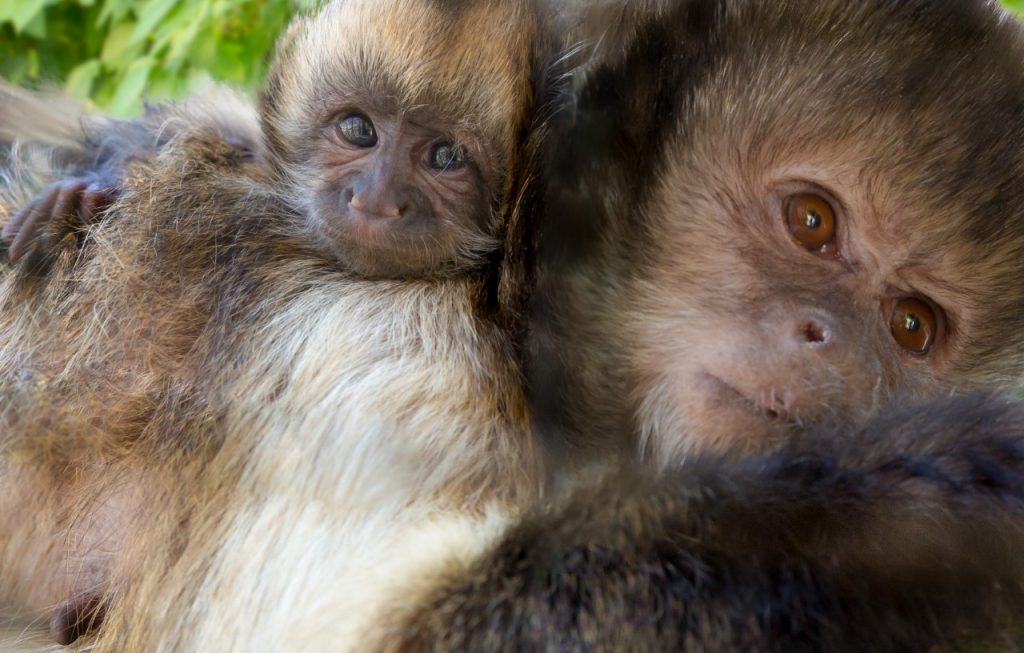Development and Application of a New Insect-Based Complete Diet for Insectivorous Mammals
Citation
Watts J. 2017. Development and Application of a New Insect-Based Complete Diet for Insectivorous Mammals. In Ward A, Coslik A, Brooks M Eds. Proceedings of the Twelfth Conference on Zoo and Wildlife Nutrition, Zoo and Wildlife Nutrition Foundation and AZA Nutrition Advisory Group, Frisco, TX.
Abstract
Commercial complete diet options for insectivores are very limited and most are an extruded diet. The extrusion process requires a high level of carbohydrates, which is not appropriate for animals that consume insects. Insects do not contain high levels of carbohydrates, they are mainly fat and protein. Chitin is an important component of insects, found in the exoskeleton, it acts like a fiber source for insectivorous animals. Not having the correct fiber source can be detrimental to the gastrointestinal tract and lead to poor stool quality. This describes the development of an insect-based complete diet and its use for mammalian insectivores. The diet was developed to meet recommendations for carnivores and adjusted based on nutrient analysis and circulating plasma concentrations of selected nutrients in animals consuming the diet. The diet is based off of four types of insects, various supplements, and agar. The resulting diet can be crumbled by hand into small “ant-sized” pieces. Palatability and consumption have been good in the species transitioned to the diet. The species include white-bellied pangolin, echidna, and giant anteater.
 [Watts] 2017-NAG-abstract-insectivore-diet-Watts.pdf 16 KB
[Watts] 2017-NAG-abstract-insectivore-diet-Watts.pdf 16 KB








